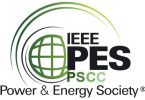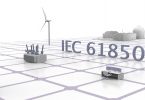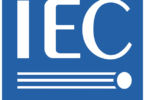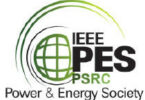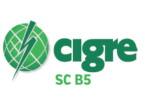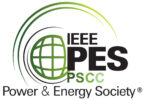Renewable energy process control – OPC-UA and IEC 61850
by Tom Berry, Schneider-Electric
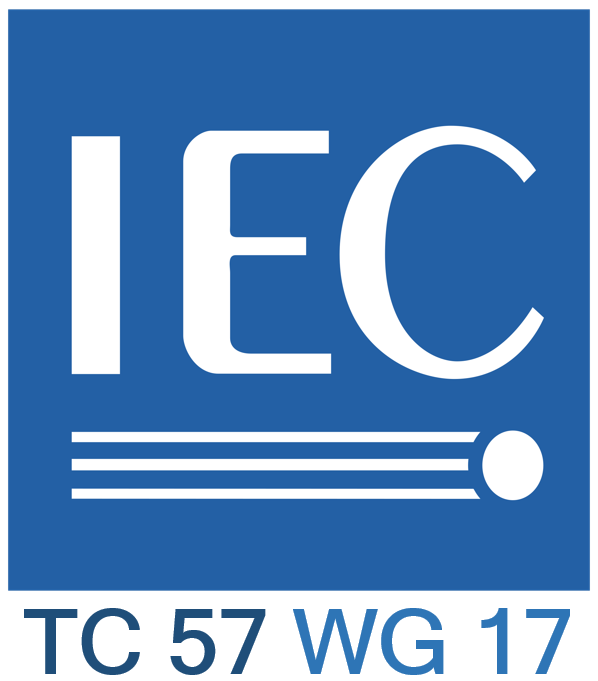
IEC TC 57 WG 17 is in charge of power system intelligent electronic device communication and associated data models for microgrids, distributed energy resources and distribution automation.
Two initiatives are addressing some of the issues of developing complex automation schemes. For substation automation, technical report TR IEC 61850 90-30 has reached the final draft stage.
This document describes some extensions to the SCL language and the IEC 61850 engineering process. It enables specification of control and protection schemes, before the specific IEDs have been chosen. This is particularly useful when designing “virtual” protection systems based on centralized servers.
Details were given in an earlier article: https://www.pacw.org/tr-iec-61850-90-30-guidelines-for-iec-61850-function-modeling-in-scl.
TC 57 working groups responsible for the Common Information Model (CIM) are working on the next release that will enable grid-level design and simulation of automation schemes. CIM18 will include several improvements, such as better linking of meter readings into the grid network models via the UsagePoint class; and solve some of the issues found in EPRI’s grid model data management projects. One of the other important extensions is to include additions to the Asset classes to support the definition of DER capabilities. This will describe capabilities both for individual assets and for grouped assets participating in energy and ancillary services markets.
More fundamentally, the CIM will be extended with concepts from IEC 61850 to define class models for FunctionBlocks that can be combined to describe protection and automation schemes. This is one of the recommendations of the ongoing revision of IEC 62361-102 for CIM-Harmonization.
The CIM function block class will correspond to one or a close-coupled group of logical nodes in IEC 61850. This modelling concept will enable CIM based applications to simulate complex, wide-area, system integrity protection schemes (SIPS) as well as the schemes for individual substations. The CIM based systems can then export a profile of the data that can be transformed into IEC 61850 System Specification Documents (SSD).
From its earliest versions, the CIM was based on models of Conducting Equipment enabling network analysis such as powerflow and state-estimation. This included parameters for common forms of regulating control for transmission level equipment such as synchronous machines, automatic tap changers and capacitor banks. The current work will extend this with a range of both standardized and user-defined control functions applicable to modern power electronics based equipment like STATCOM and distributed energy resources.
The challenge of defining an information model or generic user-defined functions has two parts. The easier part is to define a way to reference definitions written in programming languages or scripts. It is expected that typical applications will follow an iterative algorithm that solves the equations for the power network (grid), and then executes the automation functions.
The more difficult design challenge is to define a way of linking these user-defined functions with built-in pre-defined functions and interface functions that exchange information with the grid solution. Function inputs could be a set of variables from the grid solution, outputs from other functions, values from a schedule or values from a user interface. Function outputs could be a set of controls for the grid solution, for example to change a switch state.
Biography:

Tom Berry studied Electrical Engineering at Bath University, UK. For the last 25 years he has worked for Schneider Electric in the UK and France.
Tom has worked on control center projects integrating SCADA systems within dispatch training simulators, transmission and distribution network management systems. He now works “closer to the edge” as a software architect for feeder automation RTUs. He is a member of several IEC TC57 WGs and the editor of IEC TS 62361-102 technical report on CIM-61850 harmonization.



